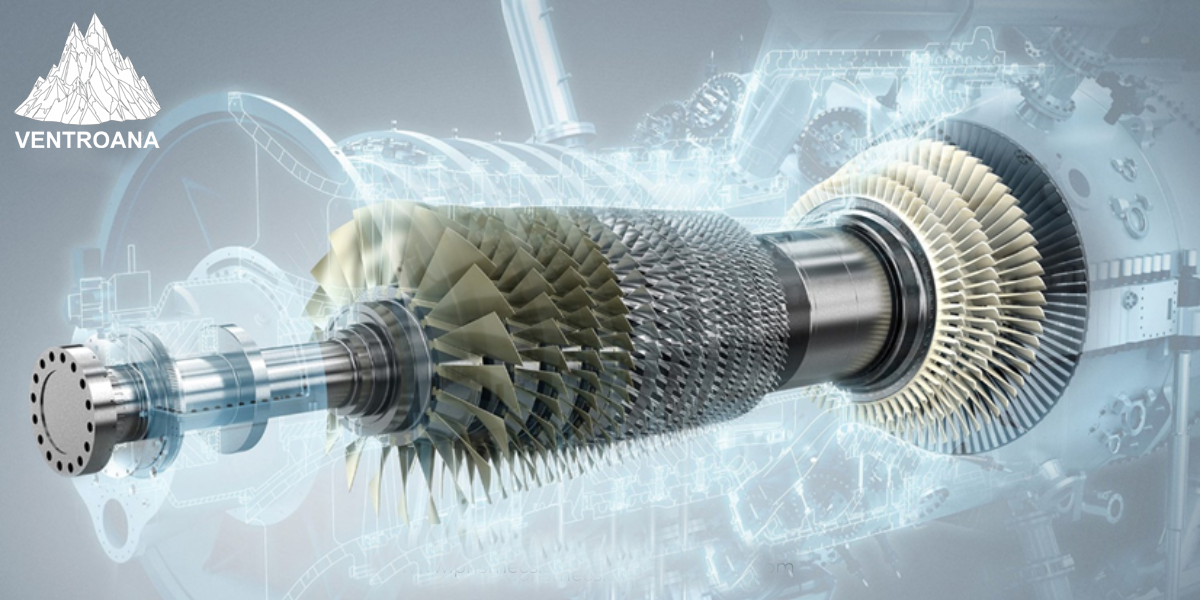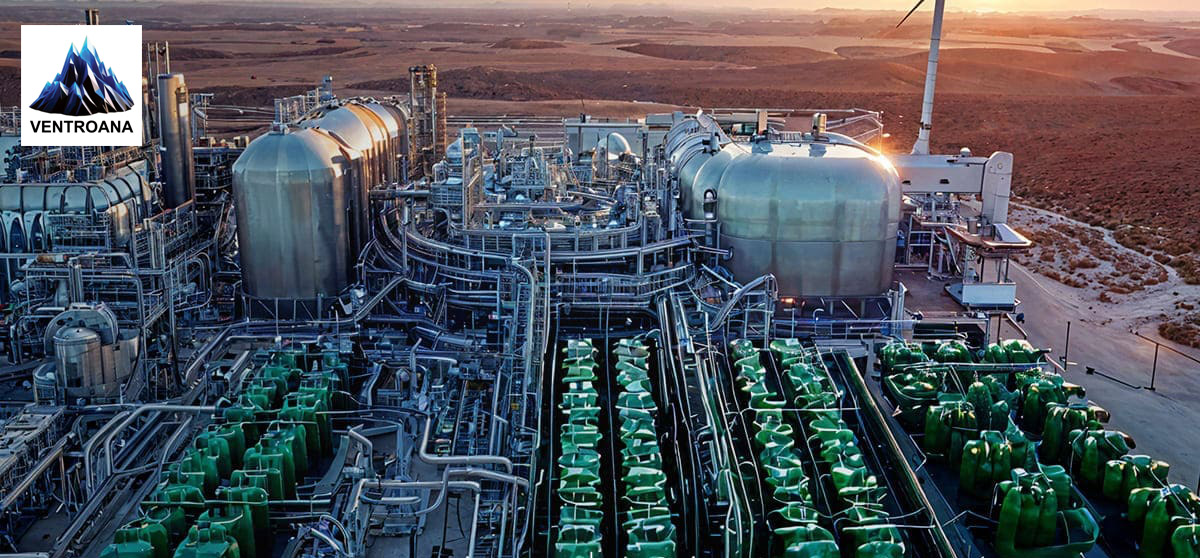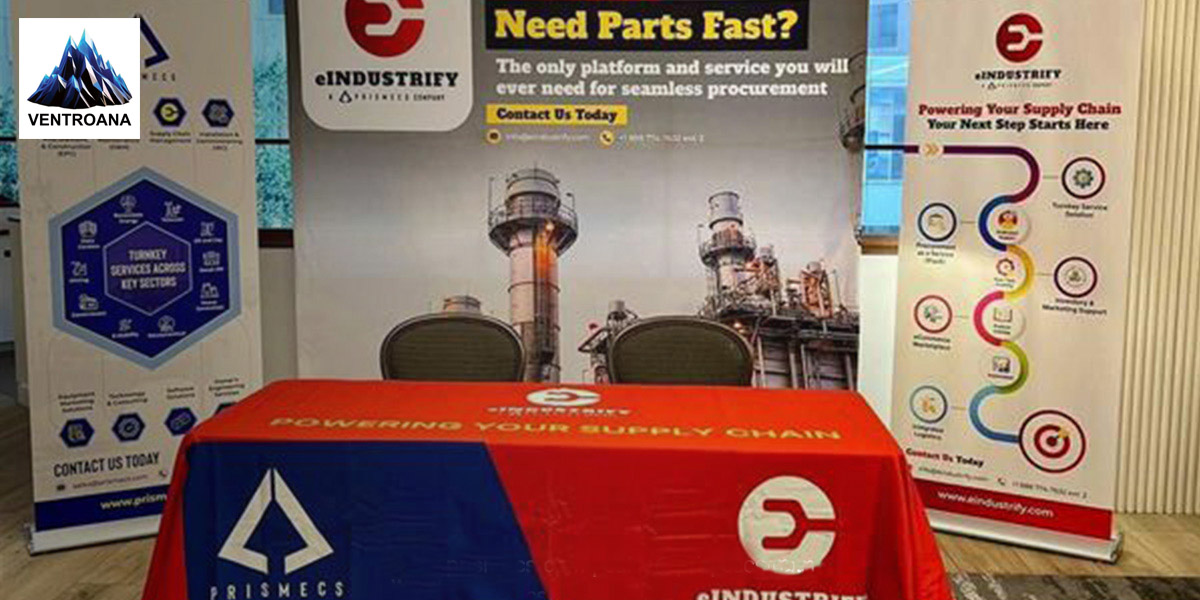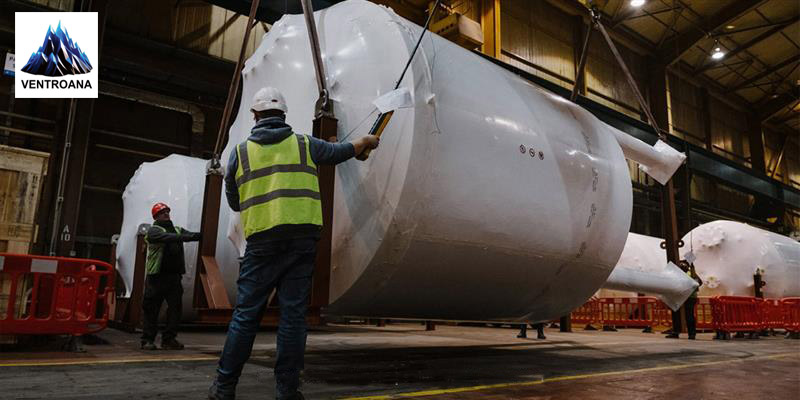Power Generation
July 09, 2024

In modern engineering, ensuring the efficient cooling of gas turbine blades is a great challenge. These critical components are integral to the functioning of gas turbines, jet engines, and even steam turbines. They endure extreme conditions of high temperature and pressure. As such, effective cooling mechanisms are vital for maintaining operational integrity and enhancing efficiency and longevity.
Gas turbine blades, also known as turbine blades, are essential for the energy conversion process within gas turbines. When spinning fast, these blades face strong heat from high temperatures made during burning fuel. Efficient cooling is essential to prevent overheating and structural damage, thus ensuring optimal performance and reliability.
The necessity for efficient cooling techniques cannot be neglected. Gas turbine blades need cooling methods to stay strong and efficient because of the high heat and pressure in turbine stages. Cooling methods must preserve the blades' integrity and prevent rapid damage or wear.
Without proper cooling, the blades would not be able to withstand the extreme conditions in the turbine stages. Therefore, implementing effective cooling techniques is crucial for the overall performance and longevity of gas turbine blades. Inadequate cooling can lead to premature failure, reducing the lifespan of turbine components and increasing maintenance costs.
The rise of fluid dynamics simulations (CFD) has transformed the design of gas turbine blade cooling systems. Advanced simulation technologies have optimized their optimization. Engineers use simulations to study how fluids move, transfer heat, and impact turbine blades accurately. Designers simulate various operating conditions to evaluate different cooling strategies and optimize designs before constructing physical prototypes.
Several cooling strategies have been developed to enhance the efficiency of gas turbine blade cooling.
Integrating intricate internal cooling passages within turbine blades allows the circulation of coolant fluids like air or water. These channels help dissipate heat efficiently, preventing overheating at critical locations.
Film cooling involves the ejection of a thin layer of coolant over the surface of turbine blades. This method makes a shield that protects the blades from hot gases, lessening stress and extending the life of the parts.
Effusion cooling uses tiny holes in turbine blades to release coolant in a controlled way. This method enhances heat transfer and provides localized cooling where it is most needed.
Using heat-resistant materials and adding special coatings helps protect turbine blades from high temperatures. These materials can withstand harsh operating conditions and extend the service life of turbine components.
Efficient blade cooling principles are important for gas turbines, jet engines, and wind turbines. Jet engines use cooling techniques to control heat from combustion and keep the engine running well. In wind turbines, effective cooling contributes to maintaining the structural integrity of turbine blades exposed to varying environmental conditions.
According to a report by TMR, the global turbine blade market is expected to grow at a CAGR of 4.9% from 2023 to 2031, reaching an estimated value of US$ 57.6 billion by 2031.
The gas Turbine Market Size is expected to grow to USD 57.6 Billion by 2031.
Streamlined simulations have emerged as a game-changer in gas turbine blade cooling. These simulations allow for detailed analysis of fluid dynamics and thermal properties, enabling engineers to predict and mitigate potential issues before they arise. By leveraging these advanced tools, engineers can design more efficient and reliable cooling systems. This ultimately leads to more robust and long-lasting gas turbines.
The process of streamlined simulations involves several key aspects. These aspects contribute to the development of efficient gas turbine blade cooling systems.
Understanding the behavior of fluids within and around gas turbine blades is crucial. CFD tools allow engineers to model fluid dynamics accurately. They predict how coolants will flow through internal passages and over blade surfaces.
Heat transfer analysis is essential for determining how effectively heat is dissipated from turbine blades. Simulations can identify hotspots. They highlight areas that need enhanced cooling, enabling targeted improvements.
High temperatures and pressures subject gas turbine blades to significant thermal stresses. Simulations can predict how these stresses affect blade materials and structures. They guide the selection of appropriate cooling techniques and materials.
By simulating various cooling designs and operating conditions, engineers can optimize cooling systems for maximum efficiency. This iterative process helps identify the most effective cooling strategies and configurations.
While simulations provide valuable insights, physical testing remains essential for validation. Prototype testing helps verify simulation results and ensure that cooling systems perform as expected under real-world conditions.
The benefits of streamlined simulations for gas turbine blade cooling extend beyond improved performance and reliability. These simulations also contribute to greater efficiency and environmental responsibility in several ways.
Efficient cooling systems help gas turbines operate at optimal temperatures, reducing fuel consumption and increasing overall efficiency. This has significant economic and environmental benefits, lowering operating costs and reducing greenhouse gas emissions.
By preventing overheating and thermal damage, effective cooling systems extend the lifespan of gas turbine blades and other components. This reduces the need for frequent maintenance and replacement, resulting in cost savings and less material waste.
Advanced cooling systems enable gas turbines to operate under a wider range of conditions, including higher temperatures and pressures. This enhances the operational flexibility of turbines, allowing them to adapt to varying demands and environmental conditions.
Several real-world applications illustrate the effectiveness of streamlined simulations in optimizing gas turbine blade cooling.
In the aerospace industry, jet engines subject gas turbine blades to extreme temperatures and pressures. Streamlined simulations have enabled the development of advanced cooling techniques that significantly improve the performance of jet engines.
In power generation, gas turbines play a critical role in producing electricity. Efficient cooling of turbine blades is essential to ensure continuous and reliable power supply. Streamlined simulations have been instrumental in enhancing the cooling efficiency of gas turbines used in power plants.
In the renewable energy sector, harsh environmental conditions expose wind turbines. Effective cooling strategies, developed through streamlined simulations, help maintain the structural integrity and performance of wind turbine blades.
Looking to the future, ongoing research focuses on improving the efficiency and reliability of gas turbine blade cooling systems. Challenges remain in developing cost-effective cooling solutions that can withstand increasingly demanding operating conditions. Advancements in materials science, modeling, and manufacturing processes will continue to drive innovations in turbine blade cooling technology.
Streamlined simulations play a key role in enhancing the efficiency and reliability of gas turbine blade cooling. Advanced cooling strategies complement this role significantly. Engineers can optimize blade designs by leveraging sophisticated simulation technologies. They can mitigate thermal stresses using innovative cooling techniques.
These efforts aim to extend the operational lifespan of gas turbine components. As technology continues to evolve, the quest for more efficient cooling solutions remains. This quest is a cornerstone of turbine blade design and performance optimization in the energy sector.
Our expertise in fluid dynamics simulations and advanced cooling strategies provides unparalleled support in optimizing your gas turbine blades for maximum efficiency and durability. Ventro Analytics stands as a trusted partner with a commitment to precision, reliability, and sustainable practices.
They enhance the performance and longevity of your gas turbines. Let us help you navigate the complexities of gas turbine blades. Propel your operations to new heights of success. To avail of our services, you can 3send us an email at sales@ventroana.com.
Q1. Why is cooling gas turbine blades necessary?
Ans: Cooling gas turbine blades is essential to prevent overheating and structural damage due to the extreme temperatures and pressures they endure during operation.
Q2. What are the primary cooling techniques used for gas turbine blades?
Ans: The primary cooling techniques include internal cooling channels, film cooling, effusion cooling, and the use of advanced materials and thermal barrier coatings (TBCs).
Q3. What is film cooling and how does it benefit gas turbine blades?
Ans: Film cooling involves ejecting a thin layer of coolant over the surface of the turbine blades. This technique creates a protective film that shields the blades from high-temperature gases.
Q4. What role do advanced materials play in turbine blade cooling?
Ans: Advanced materials, such as high-temperature-resistant alloys and thermal barrier coatings, enhance thermal protection of turbine blades.
Q5. How do streamlined simulations improve gas turbine blade cooling?
Ans: Streamlined simulations use computational fluid dynamics (CFD) and advanced simulation technologies to model fluid flow, heat transfer, and thermal stresses within turbine blades.
Tags: Gas Turbine Rotating Blades Steam Turbines Turbine Blade Turbine Stage

Successful Implementation of Green Hydrogen in Power Plants
Discover how green hydrogen revolutionizes power plants with sustainable energy solutions, reducing ...

Driving Innovation and Resilience: Insights from the 10th Annual Energy Supply C...
Gain insights on driving innovation and resilience at the 10th Energy Supply Chain & Procurement Sum...

Understanding EPC Engineering: Key Concepts Explained
Discover the essentials of EPC Engineering, covering contracts, project phases, and roles of EPC con...